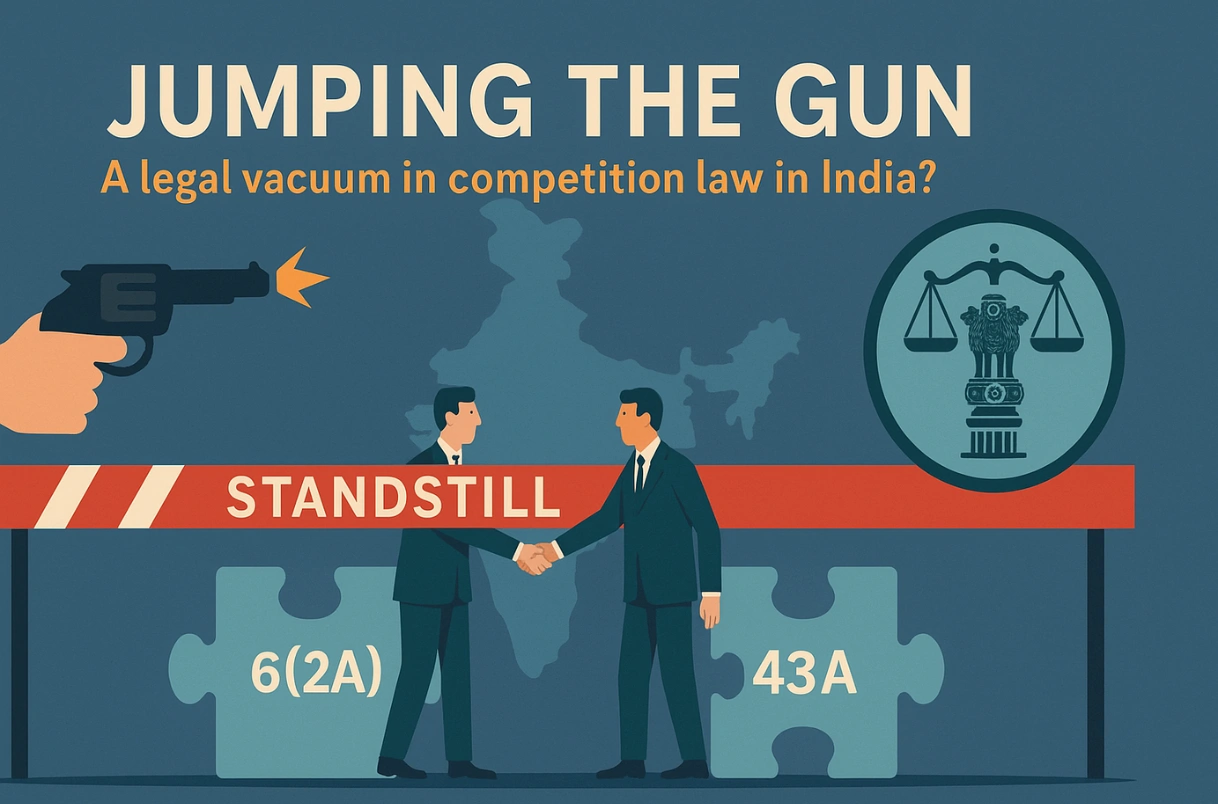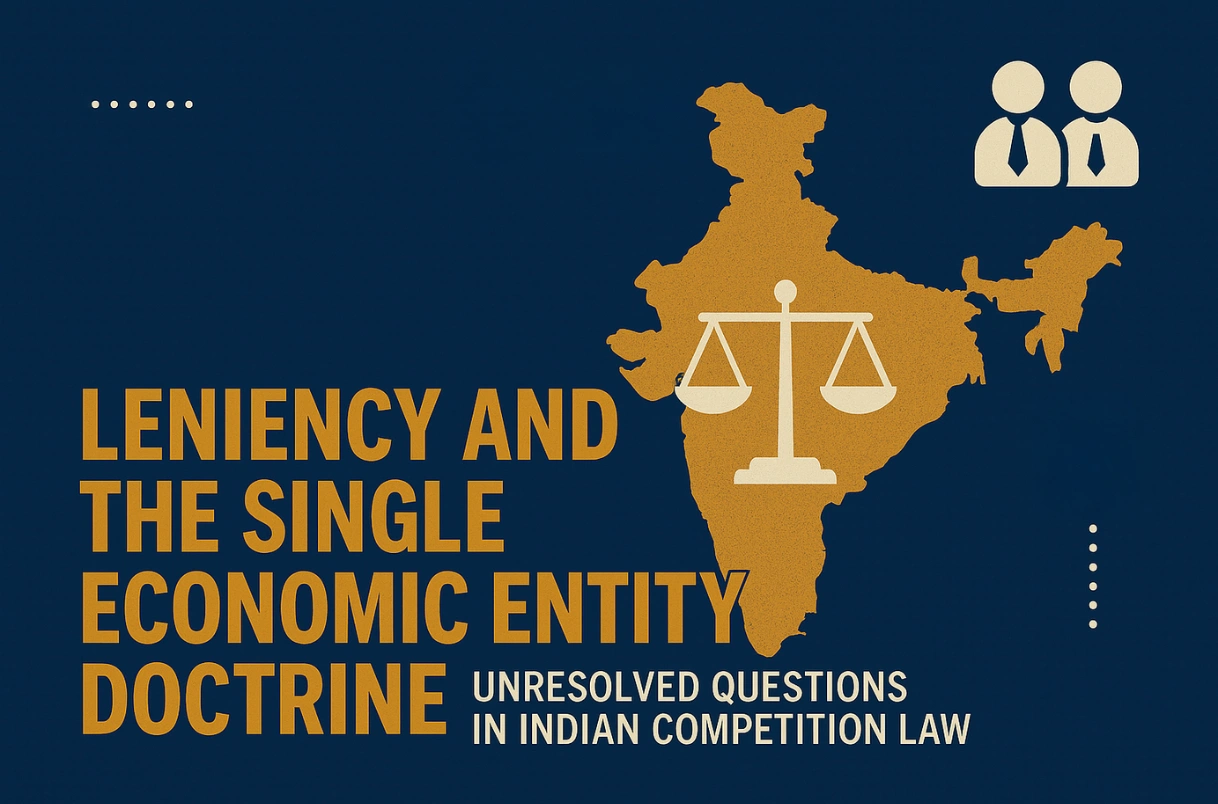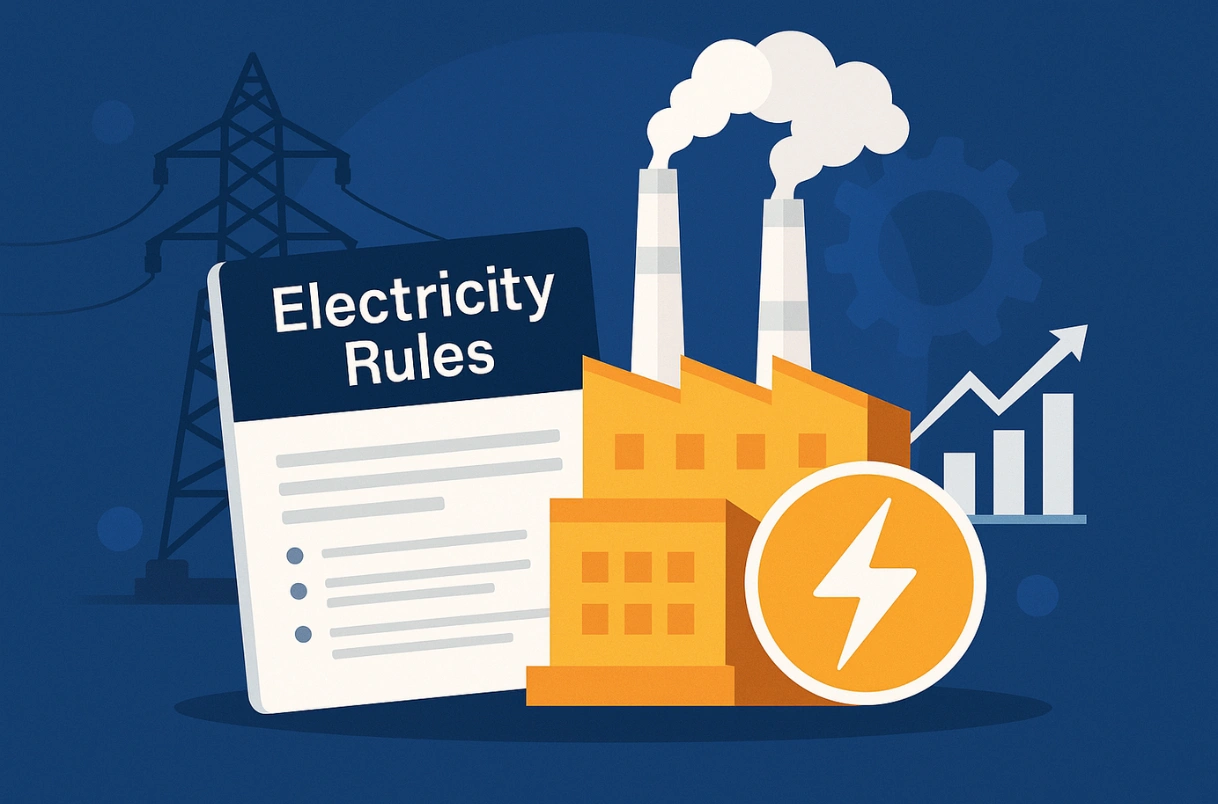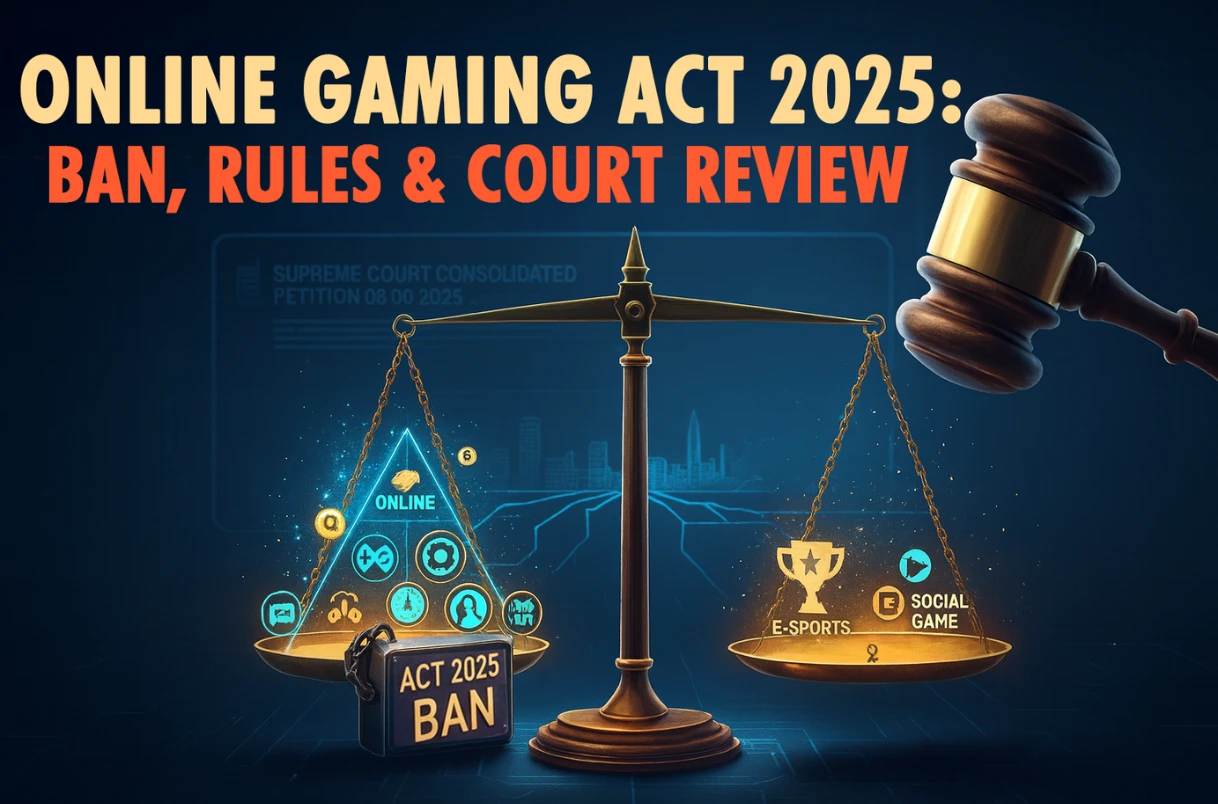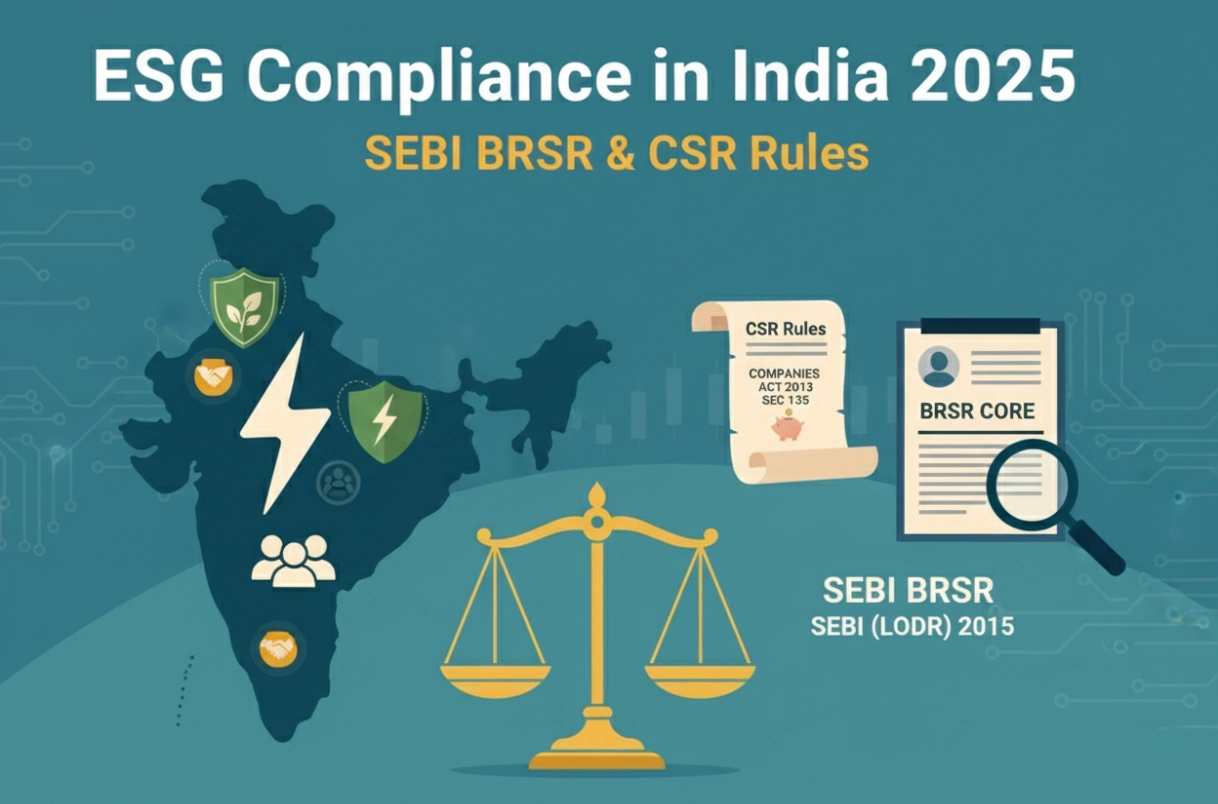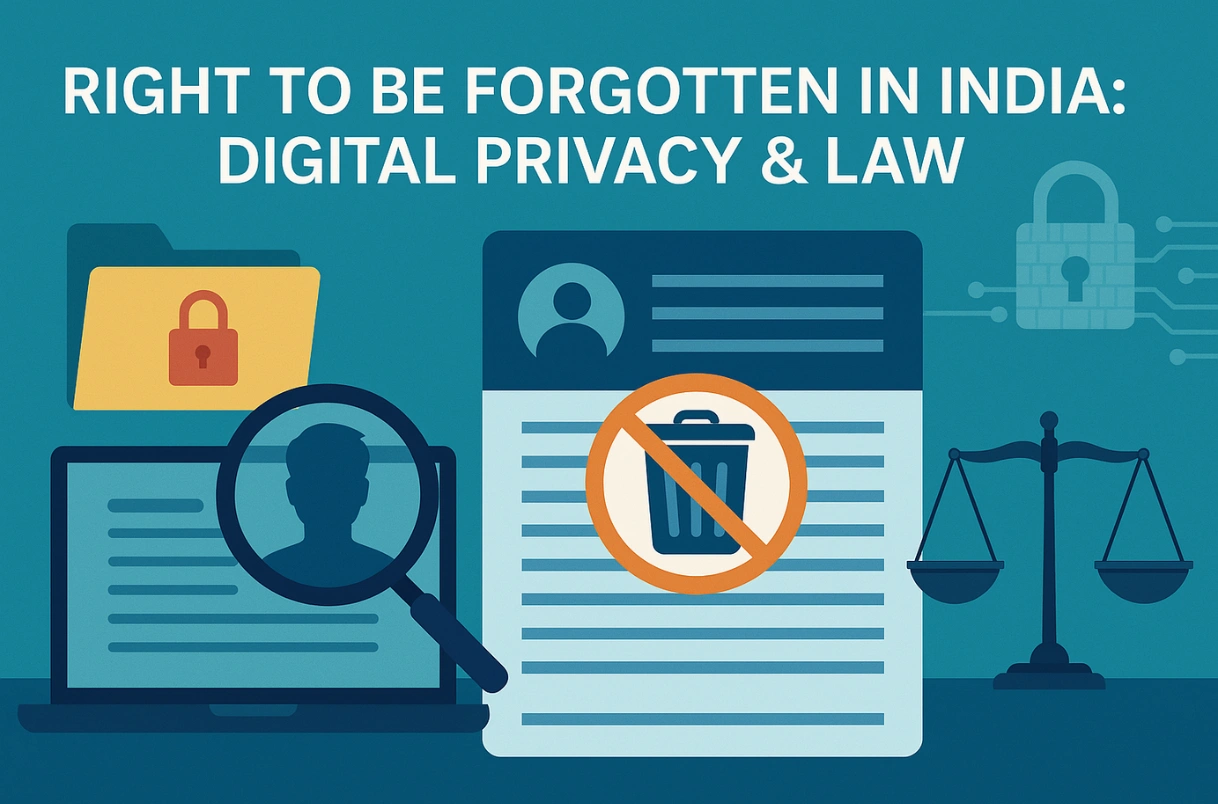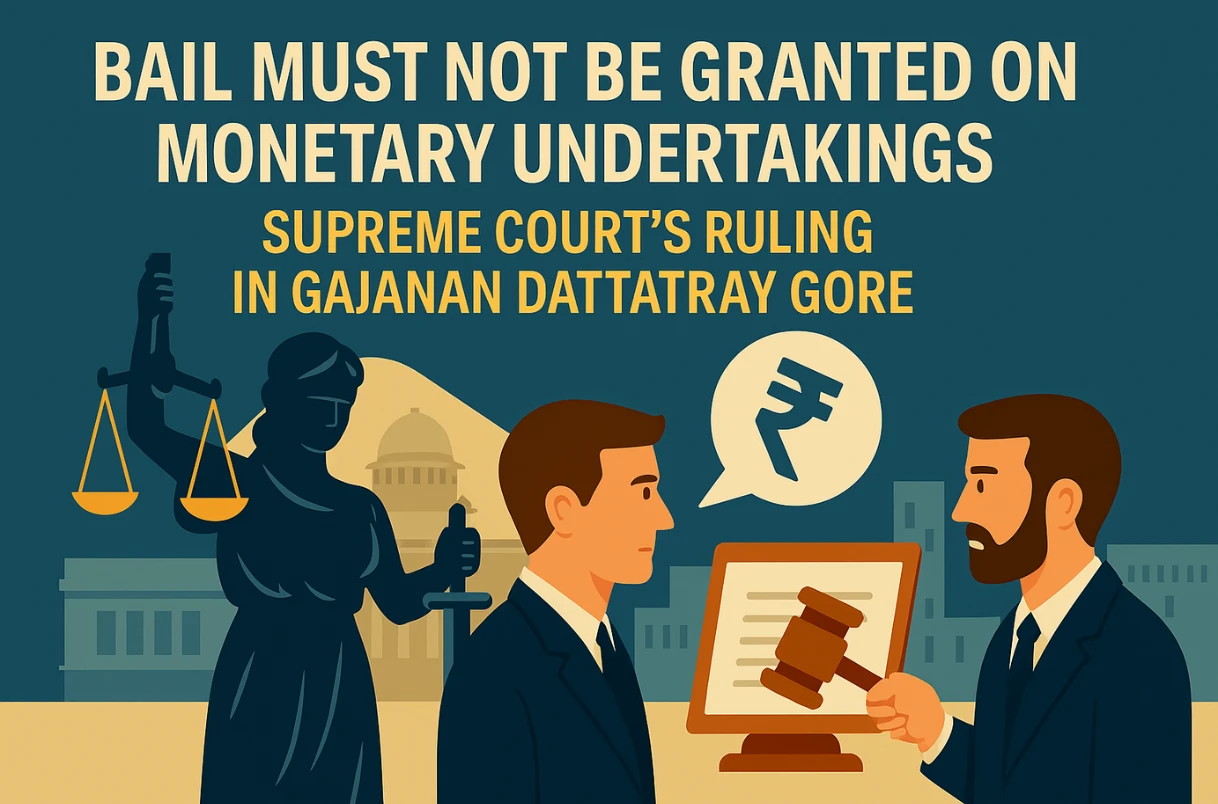READ OUR INSIGHTFUL ARTICLES
Jumping the Gun: A legal vacuum in the competition law in India?
The article analyses India’s regulatory approach to Gun Jumping under the Competition Act, 2002 – examining gaps in defining trigger events and standstill obligations, contrasting them with structured EU and Brazilian frameworks, and proposing clearer compliance standards to balance merger control enforcement with business certainty.
Leniency and the Single Economic Entity Doctrine: Unresolved Questions in Indian Competition Law
The article analyses how India’s leniency regime under Section 46 of the Competition Act, 2002 intersects with the Single Economic Entity doctrine, examining whether leniency benefits should extend to parent–subsidiary groups, drawing lessons from EU practice and highlighting inconsistencies in the CCI’s current approach.
Proposed Amendments to Captive Generation Criteria under Electricity Rules
The Draft Electricity (Amendment) Rules, 2025 propose key changes to Rule 3 on captive generation, redefining ownership, collective consumption criteria for group captive users, and allowing indirect ownership through holding and subsidiary companies, reshaping how captive power eligibility is determined in India.
Electricity Amendment Rules 2025: Rule 18 & Energy Storage
The Electricity Amendment Rules 2025 recast Rule 18 on Energy Storage Systems, expanding ownership to consumers, legitimising storage-as-a-service, and reinforcing grid stability. This marks a shift in India’s renewable energy storage policy, embedding consumer-driven and de-licensed storage into mainstream electricity regulation.
Online Gaming Act 2025: Ban, Rules & Court Review
The Online Gaming Act, 2025 bans money games, empowers regulators, and promotes e-sports. While aiming to curb addiction and fraud, its sweeping definitions, federalism issues, and wide powers face constitutional challenges now before the Supreme Court.
ESG Compliance in India 2025 | SEBI BRSR & CSR Rules
India’s ESG regime has moved from voluntary guidelines to binding mandates under SEBI, RBI, and the Companies Act. Yet enforcement gaps, greenwashing risks, and high costs persist. This article examines India’s framework and contrasts it with global ESG practices in the EU and US.
Dark Patterns in Digital Platforms: A Regulatory and Consumer Protection Perspective
Dark patterns in digital platforms exploit consumer psychology through deceptive design – false urgency, hidden fees, and subscription traps. This article examines India’s 2023 Dark Pattern Guidelines, global regulatory trends, case studies, and consumer remedies to ensure fair digital marketplaces and protect free, informed choice.
Right to be Forgotten in India: Digital Privacy & Law
In a world where the internet remembers everything, can individuals truly move on from their past? As India’s digital footprint expands and personal data becomes more vulnerable, the Right to Be Forgotten emerges as a crucial but complex safeguard for privacy and human dignity. Tracing its roots in European jurisprudence and evolving through Indian courts and the DPDP Act, this article explores the legal, technological, and ethical contours of this right and what still stands in the way of its full realization.
Bail must not be granted on monetary undertakings: Supreme Court’s ruling in Gajanan Dattatray Gore
In a recent judgment, the Supreme Court in Gajanan Dattatray Gore strongly condemned the practice of granting bail based on monetary undertakings. The Court emphasized that all bail applications — whether regular or anticipatory — must be decided solely on legal merit, not on the accused’s willingness to deposit money, reaffirming the principle that justice cannot be bought.
RCO vs RPO: Muddling Regulatory Waters
As India intensifies its push toward renewable energy, the coexistence of Renewable Purchase Obligations (RPO) under the Electricity Act and Renewable Consumption Obligations (RCO) under the Energy Conservation Act has created regulatory uncertainty. This article unpacks the Draft RCO Notification of 2024, spotlighting sectoral blind spots, constitutional concerns, and compliance challenges. It examines the gaps between RCO and RPO frameworks and argues for harmonization to avoid duplication and ease regulatory burdens for industry.
